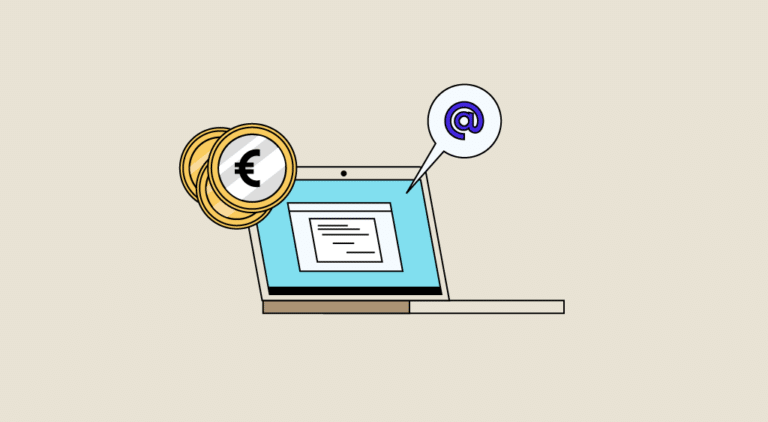Acquiring new customers is the main challenge for most companies. But with so much competition out there, it can be hard to find a foothold in the market. Fortunately, there are a number of techniques you can use to guarantee growth. One of them is the paid acquisition strategy. So what is it? And above all, how do you go about it? Find out all the answers in this article.
What is paid acquisition?
Paid acquisition isn’t always about acquiring new customers directly (although that’s part of it too). Beyond pure conversion, it can also mean acquiring website traffic, social network subscribers, newsletter sign-ups and so on.
In this respect, paid acquisition strategies refer to advertisements published on various media. It’s part of a funnel logic that ultimately leads to the conversion of prospects into customers. And thus, enabling the company to grow.
Good to know: paid acquisition is distinct from organic acquisition, such as publication on social networks or websites.
What are the different forms of paid acquisition?
Companies can use a wide variety of communication channels for their paid acquisition strategy. Here are the main ones:
- Social media: whether on Facebook, Instagram, LinkedIn or TikTok, it’s possible to run advertisements to your audience to increase your visibility.
- Amazon: this mainly concerns e-commerce companies. They can showcase their products through sponsored links.
- Google: here, brands can optimize their brand awareness in a variety of ways. For example, on the SERP or Shopping space, to appear in the first search results (when relevant). But also on the Display space. Here, advertisements appear on a partner site.

How do you set up a paid acquisition strategy?
Paid acquisition often works on a CPC (Cost Per Click) basis. In other words, the company pays for every click its ad receives. If no one clicks on the ad, nothing is due. And of course, the more clicks, the more expensive the paid acquisition strategy becomes. To be profitable, it’s advisable to keep customer acquisition costs below 30% of customer lifetime value.
To achieve this, you need to publish ads that maximize conversion, while reducing costs. Here are a few tips to optimize the effectiveness of your paid acquisition strategy.
Choosing the right keywords
To maximize the visibility of a pay-per-click ad, it’s essential to carefully select the target keywords. These must be relevant to the search intent, while also promoting conversion.
But how do you know which keywords are the most relevant? By using keyword analysis tools (such as Google Ads, Ubersuggest…).
Keywords must then appear in various places in the ad, such as the description, title and URL (in the case of a Google campaign).
Targeted ads
To optimize the chances of conversion, a company needs to get the right message to the right person, at the right time, in the right place. This means getting to know your target audience well, so you can respond specifically to their expectations and offer them an advert that meets their exact needs.
Once again, this customer knowledge requires in-depth data analysis beforehand.
A/B testing
To know whether a paid acquisition strategy is effective, it’s essential to measure it regularly. But above all, it’s important to make changes as soon as necessary, whether in terms of keywords, bidding, ad copy, landing pages or …..
In this respect, data analysis and A/B testing are absolutely essential. This involves measuring the performance of an ad using the various data available, making adjustments, measuring again and so on. And all this until the most effective paid acquisition strategy is found.

Things to remember
- Paid acquisition consists of publishing advertisements online to increase visibility or acquire new customers.
- This type of advert can be published on search engines, social networks or marketplaces such as Amazon.
- And to guarantee the effectiveness of paid acquisition campaigns, it’s vital to carefully analyze all available data.










